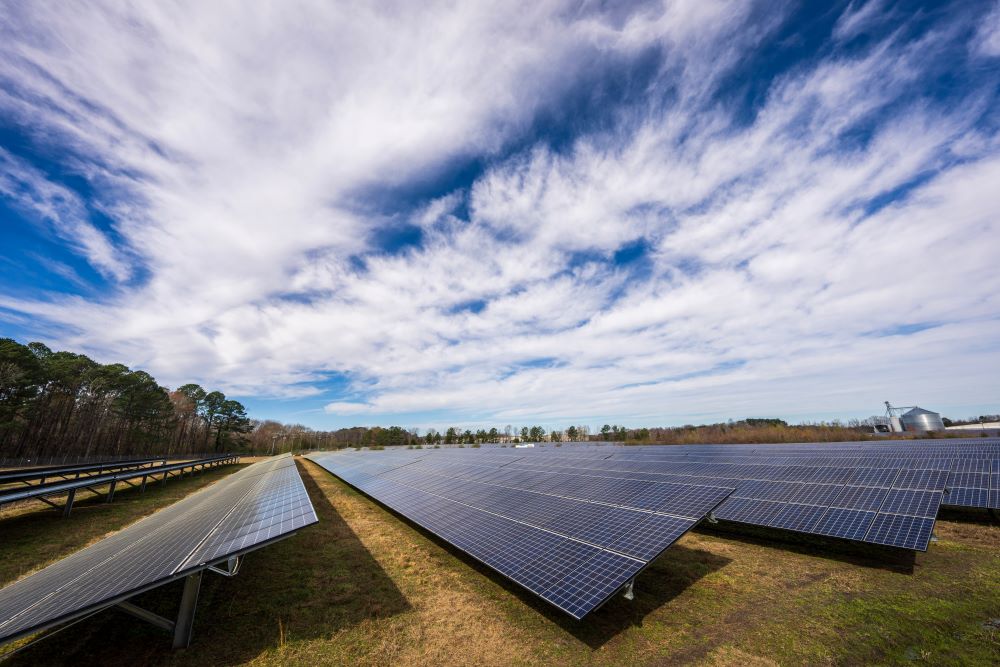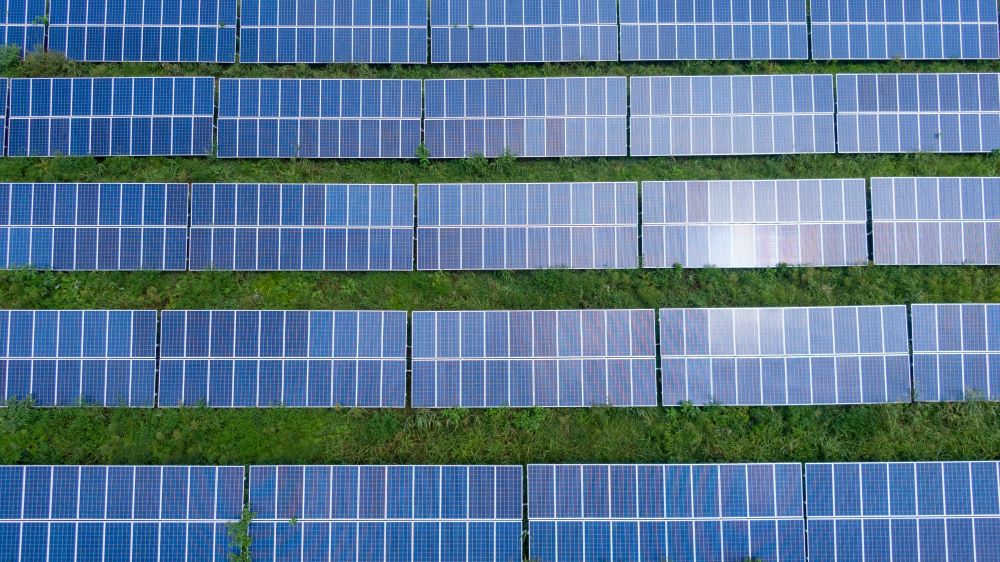Caltech scientists have identified a way to increase the availability of solar energy.
Solar power has long been considered one of the most promising and transformative options as a future energy source for our planet. Unfortunately, the way we have historically collected energy from the sun has had significant limitations. However, that may be about to change thanks to scientists from the California Institute of Technology (Caltech).
The Caltech team, which has been researching space-based solar harvesting as a way of increasing access to solar energy, has recently achieved what is being hailed as a revolutionary breakthrough in the field by successfully demonstrating the ability to beam solar power from space to Earth using a device known as the Space Solar Power Demonstrator (SSPD-1). This unprecedented achievement opens up a world of possibilities for harnessing solar energy and overcoming the limitations of ground-based solar panels.
Solar panels on Earth capture sunlight during the daytime, limiting their efficiency to specific hours and geographical locations. Cloud cover and weather conditions can also further hinder the performance of terrestrial solar panels. These sorts of limitations often render solar panels ineffective in certain areas. However, space-based solar harvesters have a significant advantage in collecting solar energy because, in space, the sun is always shining.

The achievement by the Caltech team involved the utilization of the Microwave Array for Power-transfer Low-orbit Experiment (MAPLE). MAPLE uses a flexible array of lightweight microwave power transmitters driven by custom electronic chips built with low-cost silicon technologies that beam solar energy to specific locations on Earth. The transmitter array can dynamically focus the energy without moving parts through constructive and destructive interference, efficiently directing most of the power to the intended location.
The recent successful demonstration of wireless energy transfer in space was conducted using MAPLE. Two separate receiver arrays, located about a foot from the transmitter, received the energy and converted it to direct current (DC) electricity. This power was then used to light up a pair of LEDs, confirming the wireless energy transmission. The experiment provided valuable feedback to the Caltech researchers, allowing them to assess and improve the system’s performance for future iterations.
Researchers say that harnessing solar energy from space brings numerous advantages. For example, space-based solar harvesters can collect up to eight times more power than traditional terrestrial solar panels. They note that this immense efficiency increase can revolutionize generating and utilizing renewable energy. Furthermore, experts note that space-based solar power can also eliminate reliance on daylight hours and geographical limitations, allowing for a constant supply of solar energy. This type of technology even has the potential to provide renewable energy to remote regions and areas affected by natural disasters or conflict, all without the need for energy transmission infrastructure on the ground.
The successful demonstration of beaming solar power from space is a significant step toward realizing the vision of space solar power. The Space Solar Power Project (SSPP) at Caltech aims to deploy a constellation of modular spacecraft that will collect sunlight, convert it into electricity, and transmit it wirelessly to Earth using microwaves. This ambitious project has the potential to provide reliable and abundant renewable energy to locations worldwide, even those currently lacking access to power.
This recent breakthrough marks a revolutionary milestone in renewable energy. As further advancements are made and additional tests conducted, the dream of a world powered by uninterruptible renewable energy draws closer to becoming a reality.
Sources:
Caltech scientists show the promise of space-based solar power
In a First, Caltech’s Space Solar Power Demonstrator Wirelessly Transmits Power in Space
Scientists strike massive breakthrough that allows us to extract solar energy from space


Join the conversation!